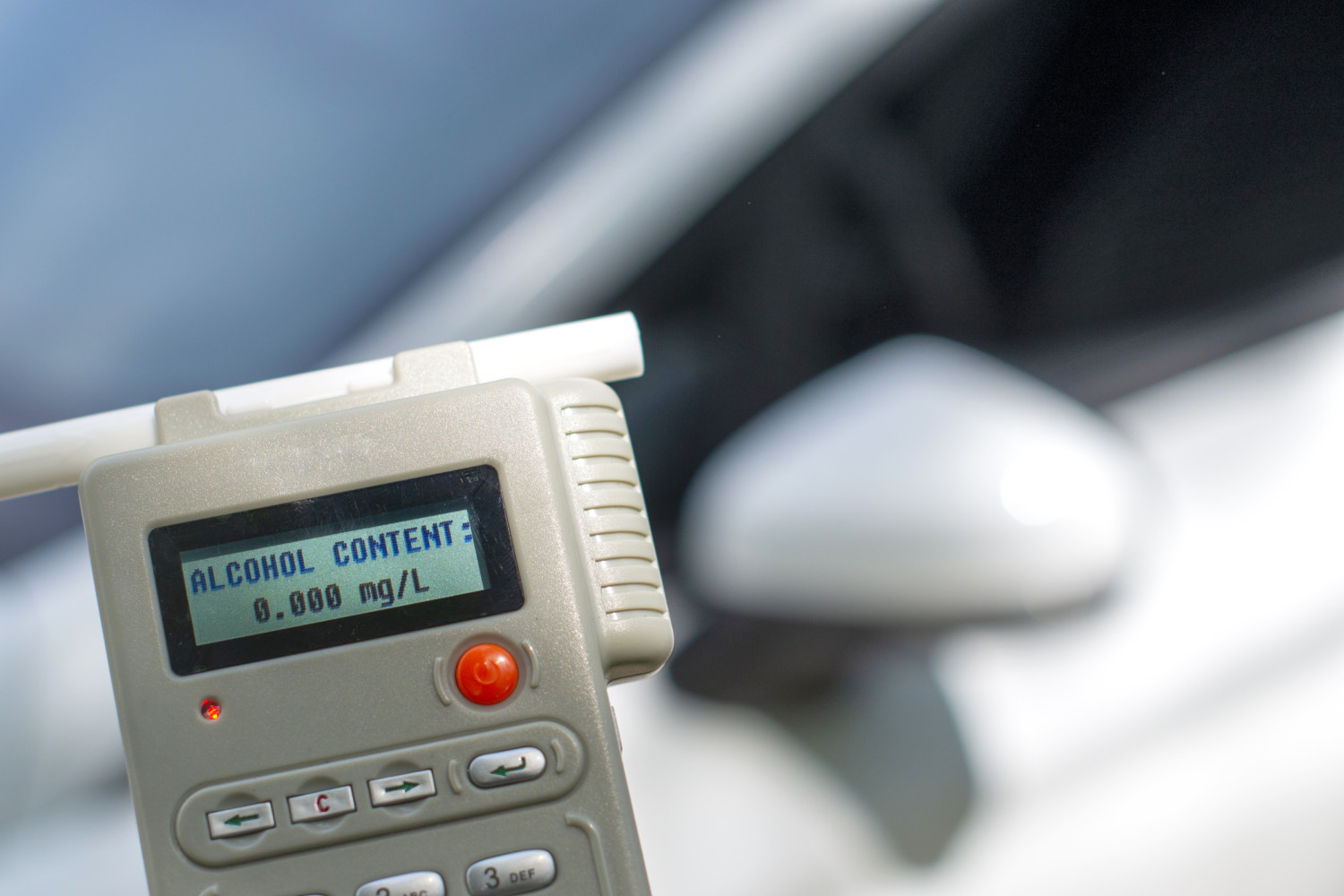Here’s how many lives could be saved if alcohol detection systems were built into cars

Although the number of deaths caused by drunk driving accidents has fallen in the last three decades, the toll is still unbearably high. According to the National Highway Traffic Safety Administration (NHTSA), nearly 30 people a day die in drunk driving crashes in the U.S., which averages out to approximately one person every 50 minutes.
This amounts to more than 10,000 lives needlessly lost every year. In addition to the tragic loss of life, data shows that costs attributed to these accidents fall in the range of $44 billion per year.
Advances in car technology could be a crucial part of preventing these deaths, however. According to a study from the Insurance Institute for Highway Safety (IIHS), an independent organization dedicated to reducing losses from motor vehicle crashes, alcohol-detection systems in vehicles could prevent more than a quarter of U.S. road fatalities.
The author of the paper is Charles Farmer, IIHS vice president of research and statistical services, and he believes that alcohol detection systems could make a significant difference.
“We haven’t made much progress in the fight against drunk driving since the mid-1990s,” Farmer stated. “This is something that could put a real dent in the alcohol-impaired driving problem.”
The Driver Alcohol Detection System for Safety (DADSS) Program is a collaborative research partnership between the National Highway Traffic Safety Administration and the Automotive Coalition for Traffic Safety (ACTS), which represents 17 automobile manufacturers.
The program is currently researching innovative in-vehicle technology that automatically detects when a driver has a blood alcohol concentration (BAC) at or above 0.08%, which is the legal limit in 49 states (Utah’s limit is 0.05%). If a driver is deemed intoxicated, the system will prevent the vehicle from moving.
This system will be voluntarily offered as a safety option in new vehicles once it has met rigorous performance standards.
As you can see in this video uploaded to YouTube by DADSS, the program’s researchers are exploring a breath-based system that detects the driver’s blood-alcohol content (BAC) by measuring the ambient air in the vehicle.
Researchers are also looking into the use of a touch-based system, which uses infrared light to measure blood alcohol levels under the skin’s surface. This system would be integrated into vehicle controls, such as the start button or steering wheel.
“You shouldn’t even notice it’s there unless it keeps your car from starting,” Farmer told Consumer Reports, “And it should only do that if the driver’s blood alcohol level is above the legal limit. It has to be seamless and reliable, otherwise, the public won’t accept it.”
Although manufacturers could begin implementing the technology in new vehicles soon, Farmer acknowledges that it could be 20 years before alcohol detection devices are installed in all cars. Still, it is a significant step toward greater safety on the road.


